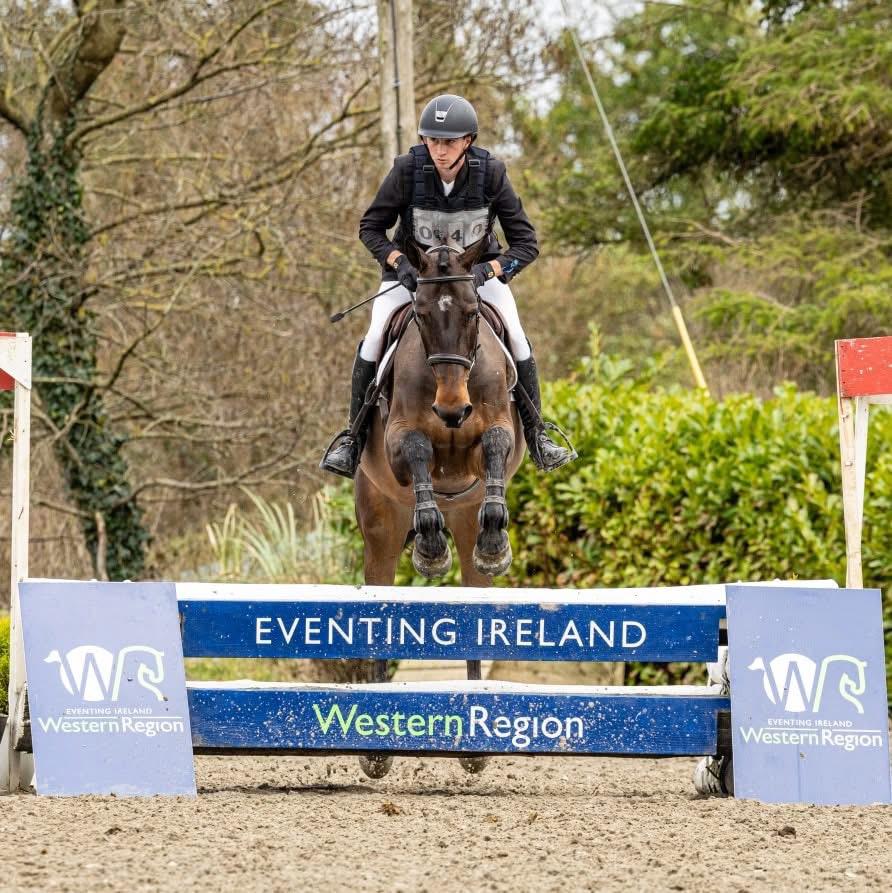View this post on Instagram
A couple of weeks ago, the Wesko Equestrian Foundation took a particularly exciting trip: the riders, plus mentor Pippa Funnell, travelled to the home of the Cadre Noir in Saumur, France, to take part in the inaugural Young Riders Academy Jumping Forum, which allowed them to learn from riders such as showjumping legends Kevin Staut and Franke Sloothaak, French team stalwart and Cadre Noir rider Thibault Vallette, and more. Their days in France were jam-packed with ridden sessions, chances to watch and learn, a roundtable discussion on training and the all-important conversation on social licence — and, of course, plenty of good French food and wine!
The British-based Wesko Equestrian Foundation was set up in memory of Christina Knudsen, whose own stake in the sport included ownership of the Foundation’s namesake, Tim Price’s Luhmühlen winner Wesko. Its intention? To bridge the gap between the successful Young Rider programme and Senior-level competition by providing a year of mentorship, opportunities, training, and business education to a selected group of 21-28-year-old young professionals — but its scope goes beyond that, too, with links to London’s Ebony Horse Club, an inner-city riding programme, and plans for further expansion to include developing eventing nations. In short? It’s something we’d all quite like to be invited into, frankly — but even if some of us have aged out of its remit (guilty as charged), we still enjoy the odd opportunity to stick our noses in.
Although our invitation to France must have got lost in the post, we did enjoy getting to follow some of the training sessions from afar — and here are ten of the wisest snippets shared during the course of the lessons with Franke and Pippa.
View this post on Instagram
Franke Sloothaak: “The rein back should be the same as asking the horse to move forward, otherwise they can’t move their hind legs — so don’t restrict the movement.”
Pippa Funnell: “If you work on your horse, your horse gets better. If you work on yourself, all your horses will get better.”
Franke Sloothaak: “If the horse is rushing, stop it after the fence and not before. If the horse is slow, speed them up after the fence, then the next time they’ll already be thinking more forward.”
Pippa Funnell: “If you turn your body over a fence, you lose the horse’s outside shoulder — so keep the body straight.”
Franke Sloothaak: “If he’s a strong and forward horse, you want to do lots of canter/walk/canter transitions so that he’s thinking more about the slow transition and not pulling.”
Pippa Funnell: “When riding a different or new horse it is really important to focus it on something easy to help it relax and trust you.”
Franke Sloothaak: “To encourage more activity, try two strides in a forward pace and then return to two strides of the normal working pace. Inside leg equals impulsion. Outside leg controls the bend. Use this with walk to canter transitions on a circle. Together with the two strides forward exercise it helps to get the horse thinking forward.”
Pippa Funnell: “What gives us the edge as a good rider? Small margins, staying open-minded and often something as simple as staying hydrated.”
Franke Sloothaak: “The outside rein is the most important. Leg yield from the inside on a circle to get the horse responding and moving forwards.”
Pippa Funnell: “How do we become great horsemen and -women? It’s all about the partnership. A partnership between horse and rider should be like a marriage, it should be about trust, honest, communication and companionship. Break the trust and you will break the confidence between horse and rider. I’m a great believer in empathy and getting inside a horse’s head to work out how they’re thinking. Repeat. Reward. Understand.”



















